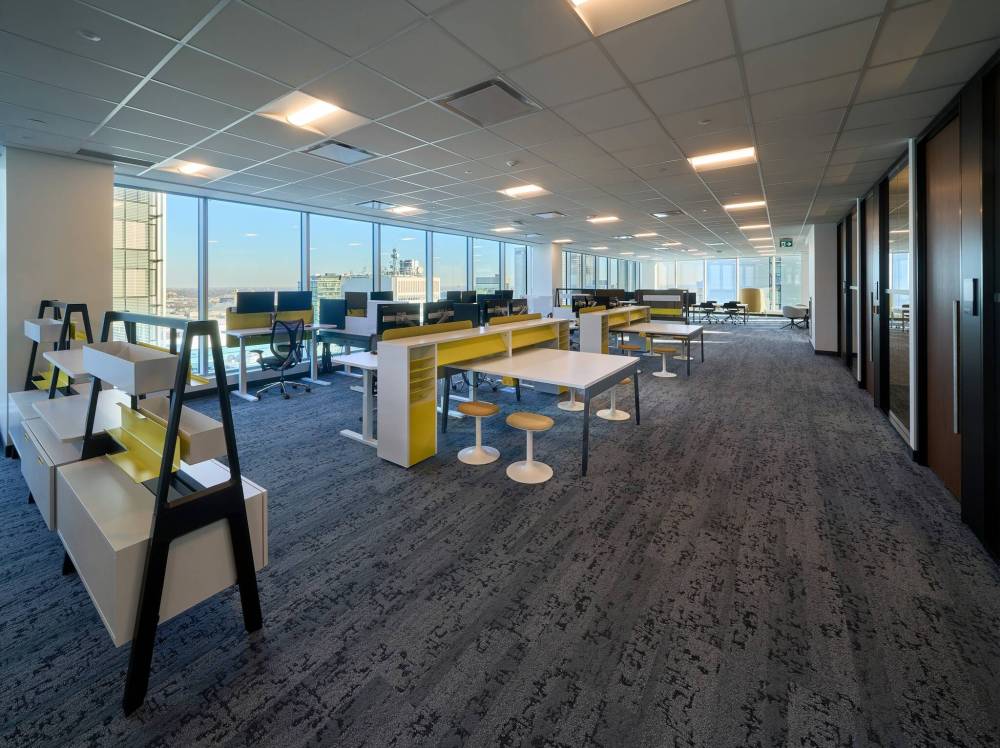Downtown office vacancy rate ticks up
Advertisement
Read this article for free:
or
Already have an account? Log in here »
To continue reading, please subscribe:
Monthly Digital Subscription
$0 for the first 4 weeks*
- Enjoy unlimited reading on winnipegfreepress.com
- Read the E-Edition, our digital replica newspaper
- Access News Break, our award-winning app
- Play interactive puzzles
*No charge for 4 weeks then price increases to the regular rate of $19.00 plus GST every four weeks. Offer available to new and qualified returning subscribers only. Cancel any time.
Monthly Digital Subscription
$4.75/week*
- Enjoy unlimited reading on winnipegfreepress.com
- Read the E-Edition, our digital replica newspaper
- Access News Break, our award-winning app
- Play interactive puzzles
*Billed as $19 plus GST every four weeks. Cancel any time.
To continue reading, please subscribe:
Add Free Press access to your Brandon Sun subscription for only an additional
$1 for the first 4 weeks*
*Your next subscription payment will increase by $1.00 and you will be charged $16.99 plus GST for four weeks. After four weeks, your payment will increase to $23.99 plus GST every four weeks.
Read unlimited articles for free today:
or
Already have an account? Log in here »
Hey there, time traveller!
This article was published 03/04/2024 (598 days ago), so information in it may no longer be current.
Relative to other urban centres in Canada, real estate development activity, as well as vacancy rates, in Winnipeg are rarely remarkable.
CBRE Canada’s 2024 first-quarter report on office and industrial building vacancy rates bear that out — even though Winnipeg was one of only two such cities that had new downtown office space come on the market in that time frame.
However, it’s not like there was an incremental addition of tenants to fill up the new 360,000-square-foot Wawanesa Insurance headquarters, as company staff vacated three other downtown office buildings in the move.

SUPPLIED
Wawanesa Insurance’s new headquarters at 236 Carlton St. The company vacated three other Winnipeg buildings to gather those employees under one roof this year.
The downtown class A vacancy rate came down this quarter to 14.6 per cent, compared to 15.5 per cent in the fourth quarter of 2023.
Paul Kornelsen, CBRE Winnipeg managing director, said Wawanesa had already put its seven floors in 333 Main St. on the sub-lease market a couple of years ago, so the company’s move to its fancy new headquarters did not automatically spike the vacancy rates.
However, Kornelsen points out one of Wawanesa’s former buildings, 191 Broadway, is now empty and on the market. That building is considered class B, so it did not affect the class A vacancy rates.
“We continue to see some hurt in class B market,” he added.
Including the lower-priced class B buildings, the overall downtown vacancy rate was 18.6 per cent, up slightly from the previous quarter’s 18.3 per cent.
Winnipeg rate dynamics are not dissimilar to national averages.
“While vacancy has continued to increase nationally, we are starting to see some green shoots in Canada’s downtown office markets,” CBRE Canada chairman Paul Morassutti said, noting in each of the last three quarters, five of the 10 cities tracked recorded declining downtown vacancy on a quarterly basis (Winnipeg among them).
“It doesn’t mean things have fully stabilized,” he said. “But it offers some much-needed optimism for the heavily scrutinized office market.”
While Winnipeg is particularly concerned about populating its downtown in the wake of the COVID-19 pandemic (with residents or office workers), the suburban office market is proportionately smaller than most other cities in the country and may be considered a development opportunity.
However, even suburban office space is struggling with a 10 per cent vacancy rate, which “is still higher than you’d want” Morassutti said.
Considering the hollowing out of offices that occurred through the pandemic and the resulting trend to work from home, the downtown market has remained surprisingly functional.
Kornelsen said the historic slow pace of economic growth in Winnipeg provides it with stability — even the upcoming removal of the longstanding pedestrian barricades at the intersection of Portage Avenue and Main Street is likely not going to negatively impact vacancy rates on the corner.
Having said that, there are no new downtown Winnipeg office developments on the horizon, “nor should there be,” Kornelsen added.
On the industrial side, it’s a slightly different story.
A flurry of construction in Winnipeg over the past couple of years, and not just at the CentrePort Canada hub, has slowed down, even though vacancy rates are still too low for comfort at 2.8 per cent.
“Right now, there’s about 225,0000 square feet of industrial space under construction and, last year at this time, there was 600,0000 square feet under construction,” said Kornelsen.
While the high interest rate environment and particularly high construction costs have contributed to the pull back, Chris Macsymic, a partner and executive vice-president at Cushman & Wakefield Stevenson, said that vacancy rate is too low.
“The development cycle had a lot of pressure put on it 12 months ago, when interest rates went up,” he said. “We are starting to feel the pressure from that.”
Even with fewer projects under construction, Macsymic said there is still plenty of demand from the traditional Winnipeg users looking for between 6,000 and 20,000 sq. ft.
“It will be interesting to see what happens later this year, and into 2025, if the steady demand we have continues,” he said. “If we’re still not building as many industrial buildings, it could end up making things really tight next year.”
martin.cash@freepress.mb.ca


